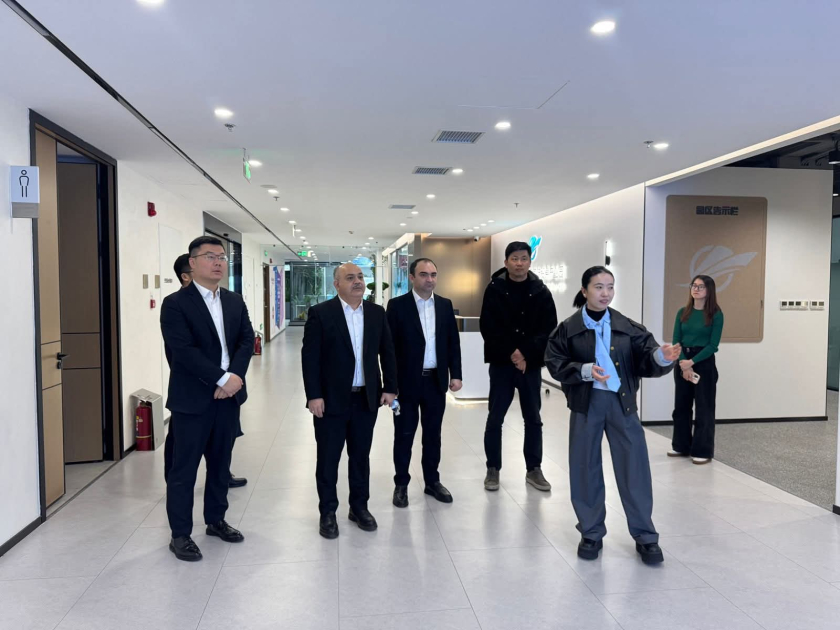Colonization, occupation, enslavement, invasion have greatly affected many peoples of the world. Historical evidences show that invaders inflicted special tortures on the population in occupied territories, committed mass murder, genocides, and crimes against humanity. Such dramatic events were forever etched in the memory of many peoples. The Vietnamese people fell to an invasion by occupiers at different times.
The period of French colonization of Vietnam in the late 19th century after gaining control of Ho Chi Minh City (former Saigon) in 1859, left bitter memories for the Vietnamese people.
During the colonization period, ended back in the 50s, France demonstrated cruelty against the Vietnamese by imposing cruel punishment methods. Concurrently, French policies were mainly focused on the exploitation of natural resources and cheap indigenous labor.
Starting from the 1930, the Vietnamese, oppressed by the violence and looting of the invaders, fought in unity against French invaders. Of course, those who stood up for the freedom and independence were persecuted everywhere by the French colonists. Hoa Lo Prison was used to house majority of those arrested Vietnamese people.
AZERTAC's special correspondent visited the "Hoa Lo" Prison, where Vietnamese freedom-lovers were detained and tortured, and got acquainted with the bitter traces of France in Vietnam.
The prison was originally built to house 450 inmates, but after its territory was enlarged to house 600 inmates, who lived in appalling conditions. Several Vietnamese freedom-lovers were put under the guillotine.
In 1956, one corner of the original jail has been preserved as a museum. Visitors can now walk through the cells that have been the scene of so much suffering. The models of the people who were put here allow the visitors to visualize their suffering. And the museum dwells on that suffering, going into great detail about torture and barbarous treatment. After seeing the traces of colonialization of Vietnam by France, the country that tries to teach the world about culture and democracy, including the evidence of war crimes and crimes against humanity, a clear picture of that "culture" and "democracy" and "human rights" emerges.
Every invasion has an end, as every night has a bright day. As a result of the persistent struggle of the Vietnamese people, France was defeated and forced to withdraw from this country. The "Hoa Lo" museum, dealing with French colonialism and crimes committed during the occupation, carries out its mission to inform current and future generations.
Hoa Lo Prison was also site used to house approximately 2,000 captured US soldiers during the Vietnam War. The Vietnamese people’s mild attitude towards Americans made them to sarcastically nickname it the "Hanoi Hilton". John McCain, an American pilot, who later became a senator and a candidate for the presidency of the United States, was among the prisoners.
The part of the museum, depicting the period of detention of US prisoners of war, contains models of prisoners, as well as their personal belongings, pictures, interrogation rooms, and photos of houses destroyed by the US army. The museum is one of the most visited sites by majority of foreign tourists visiting Hanoi.
Shahin Jafarov
Special correspondent


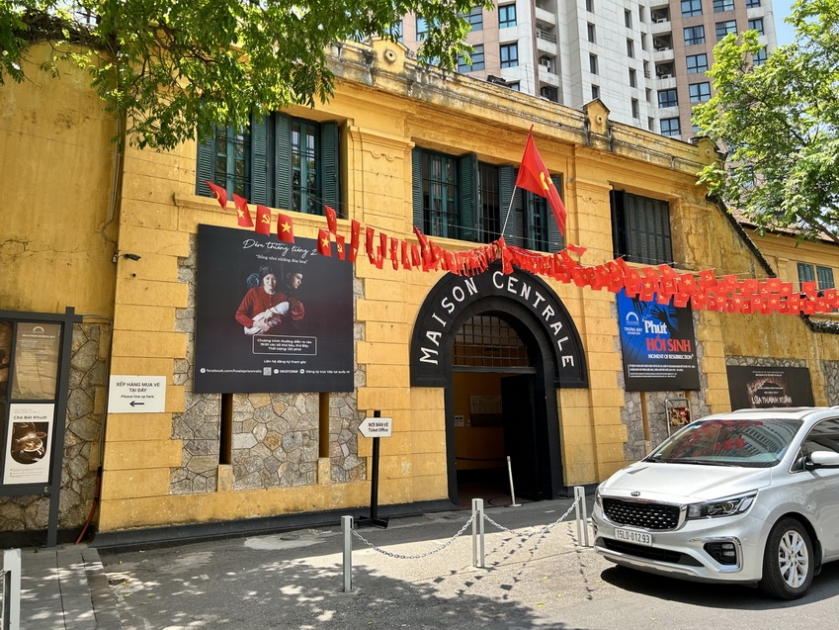




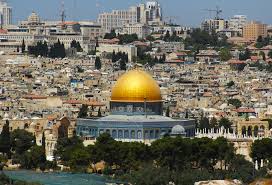



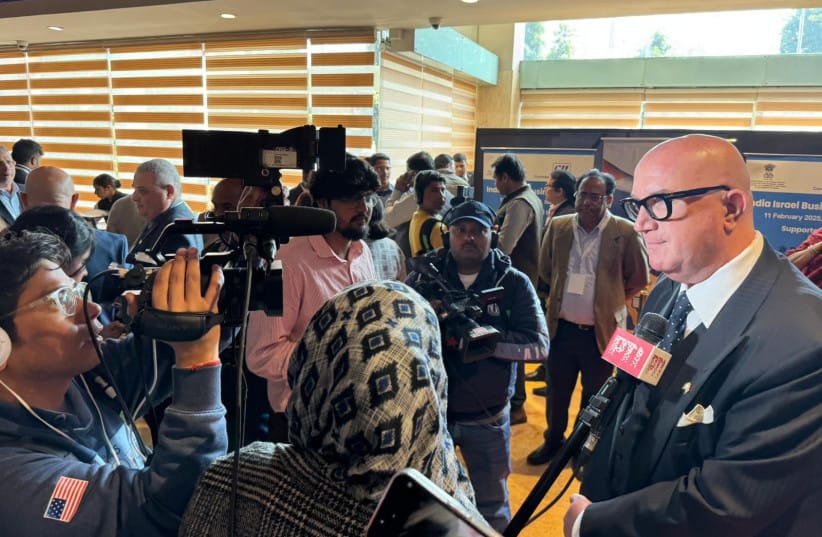



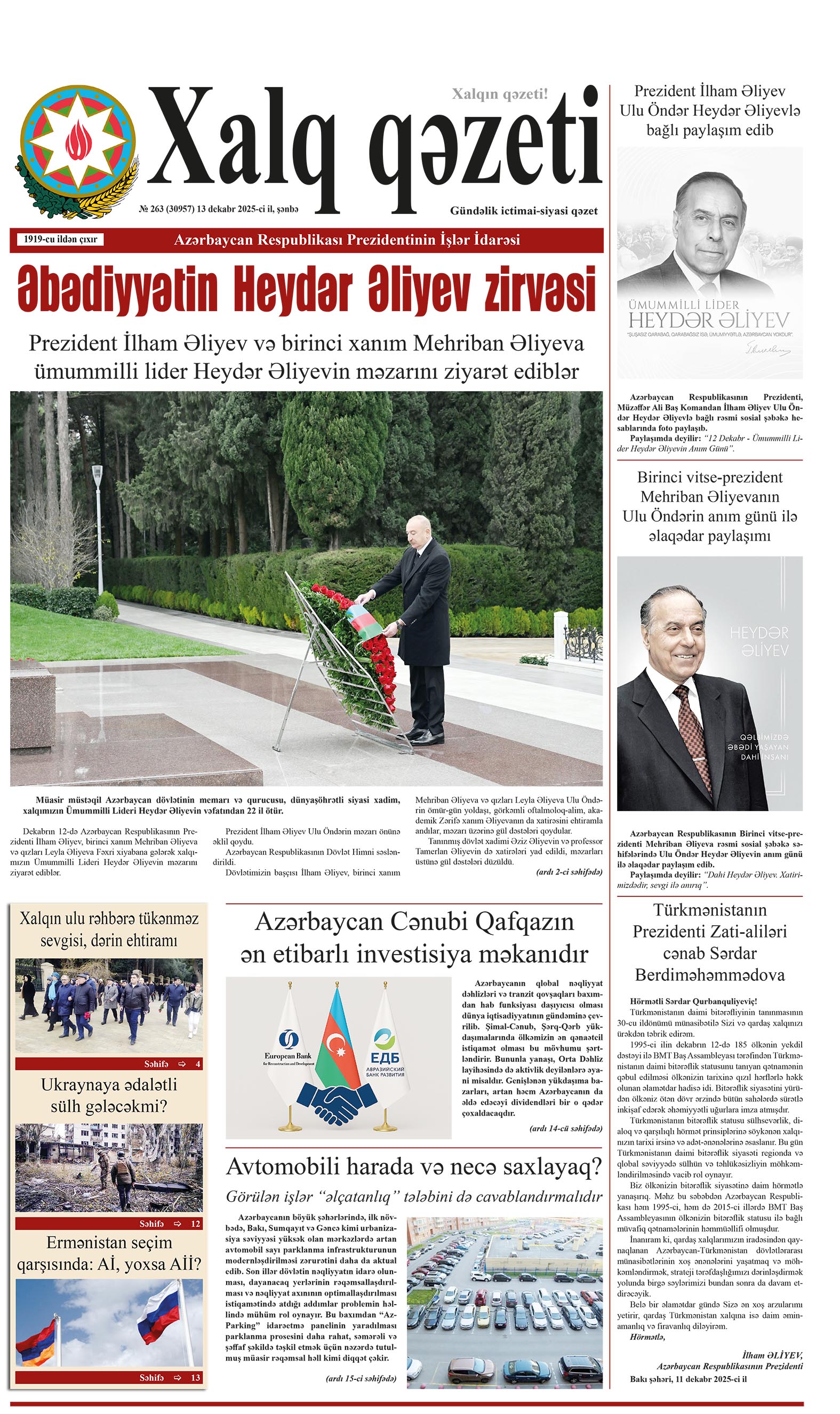
.png)

